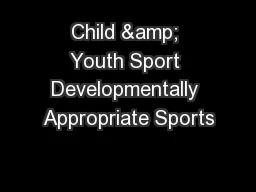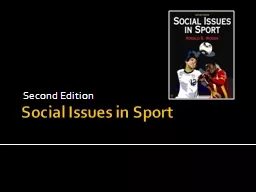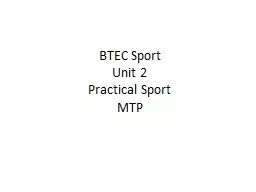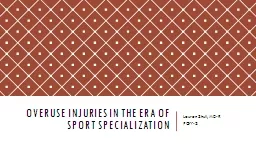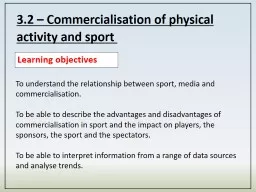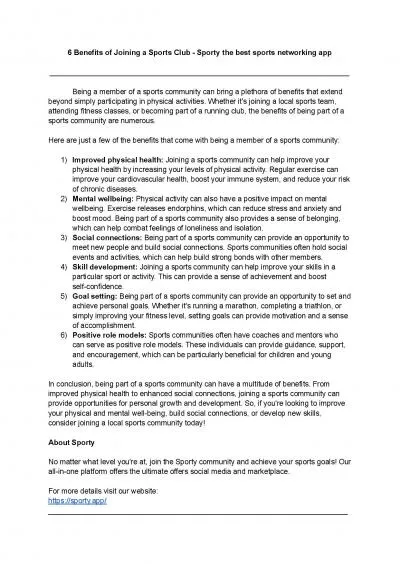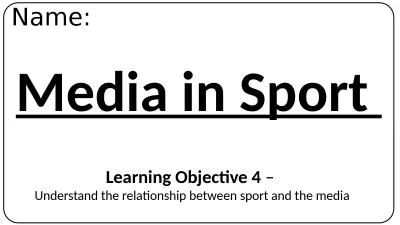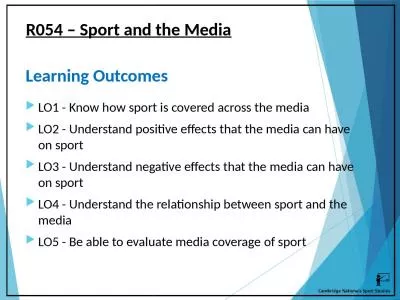PPT-Child & Youth Sport Developmentally Appropriate Sports
Author : giovanna-bartolotta | Published Date : 2015-12-05
Specialization amp Sport Injuries Maxamillion Finney Madison Ray KH 2130 Greene Age Appropriate Sports For Children Ages 56 Children develop the capacity to compare
Presentation Embed Code
Download Presentation
Download Presentation The PPT/PDF document "Child & Youth Sport Developmentally ..." is the property of its rightful owner. Permission is granted to download and print the materials on this website for personal, non-commercial use only, and to display it on your personal computer provided you do not modify the materials and that you retain all copyright notices contained in the materials. By downloading content from our website, you accept the terms of this agreement.
Child & Youth Sport Developmentally Appropriate Sports: Transcript
Download Rules Of Document
"Child & Youth Sport Developmentally Appropriate Sports"The content belongs to its owner. You may download and print it for personal use, without modification, and keep all copyright notices. By downloading, you agree to these terms.
Related Documents

